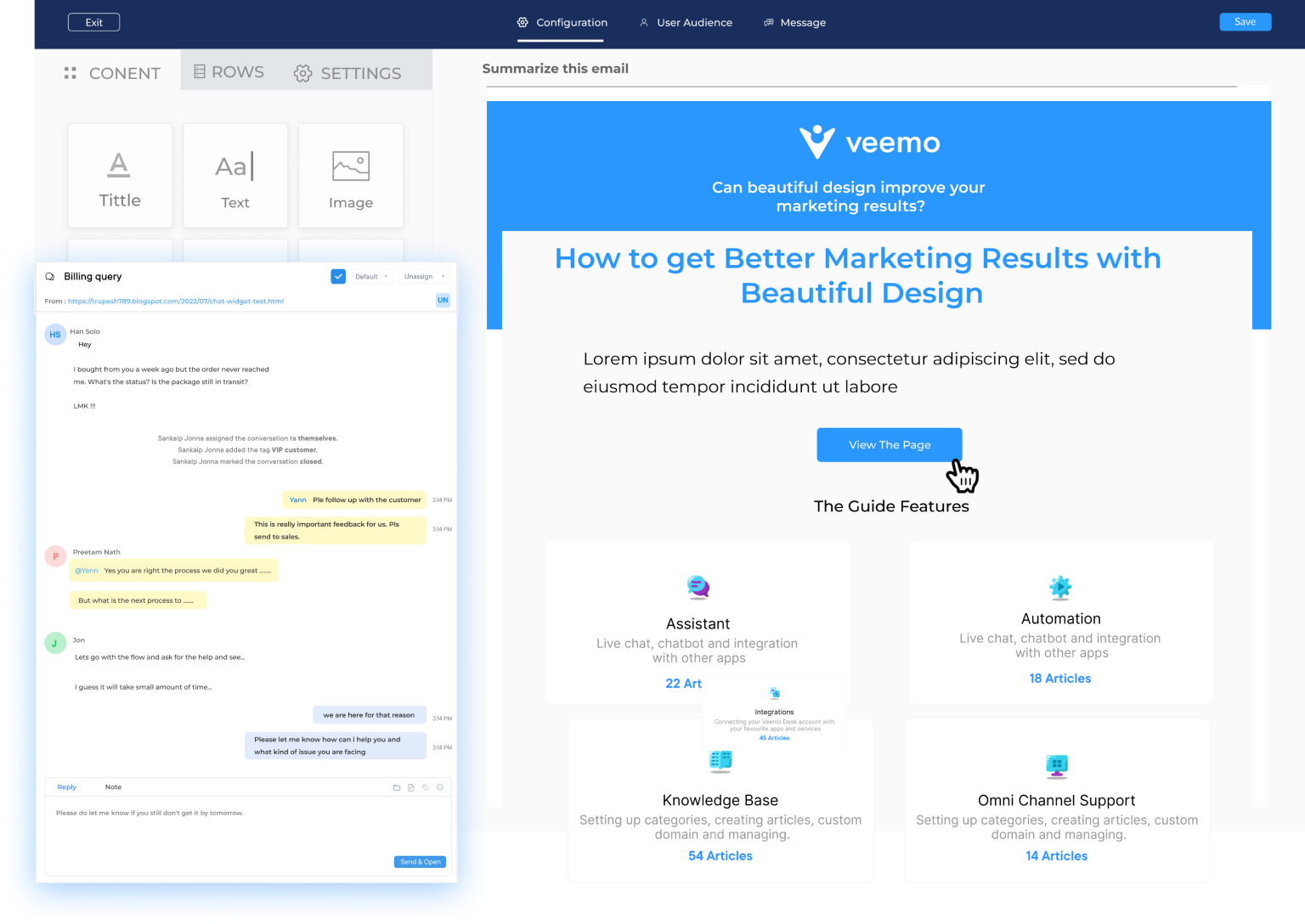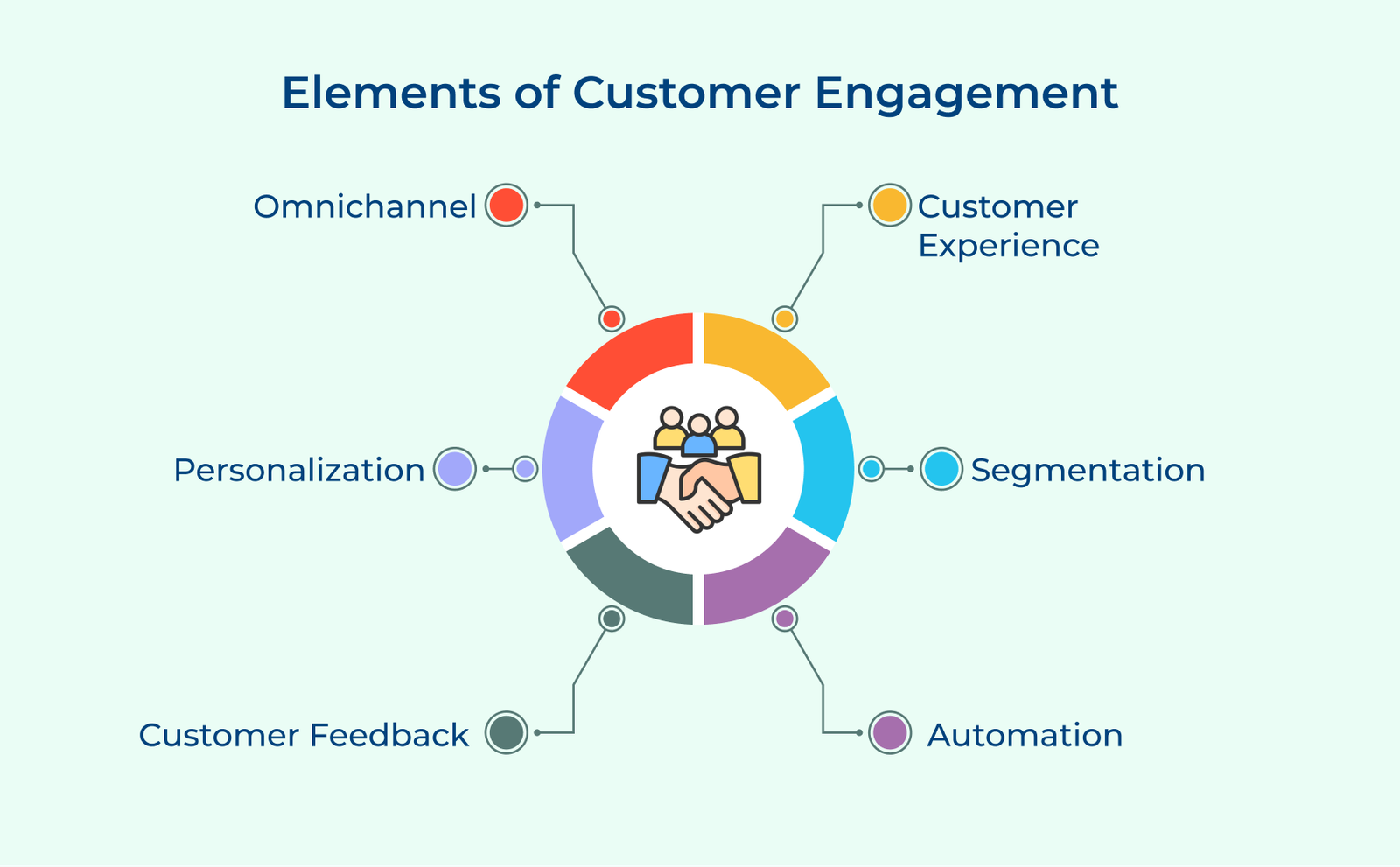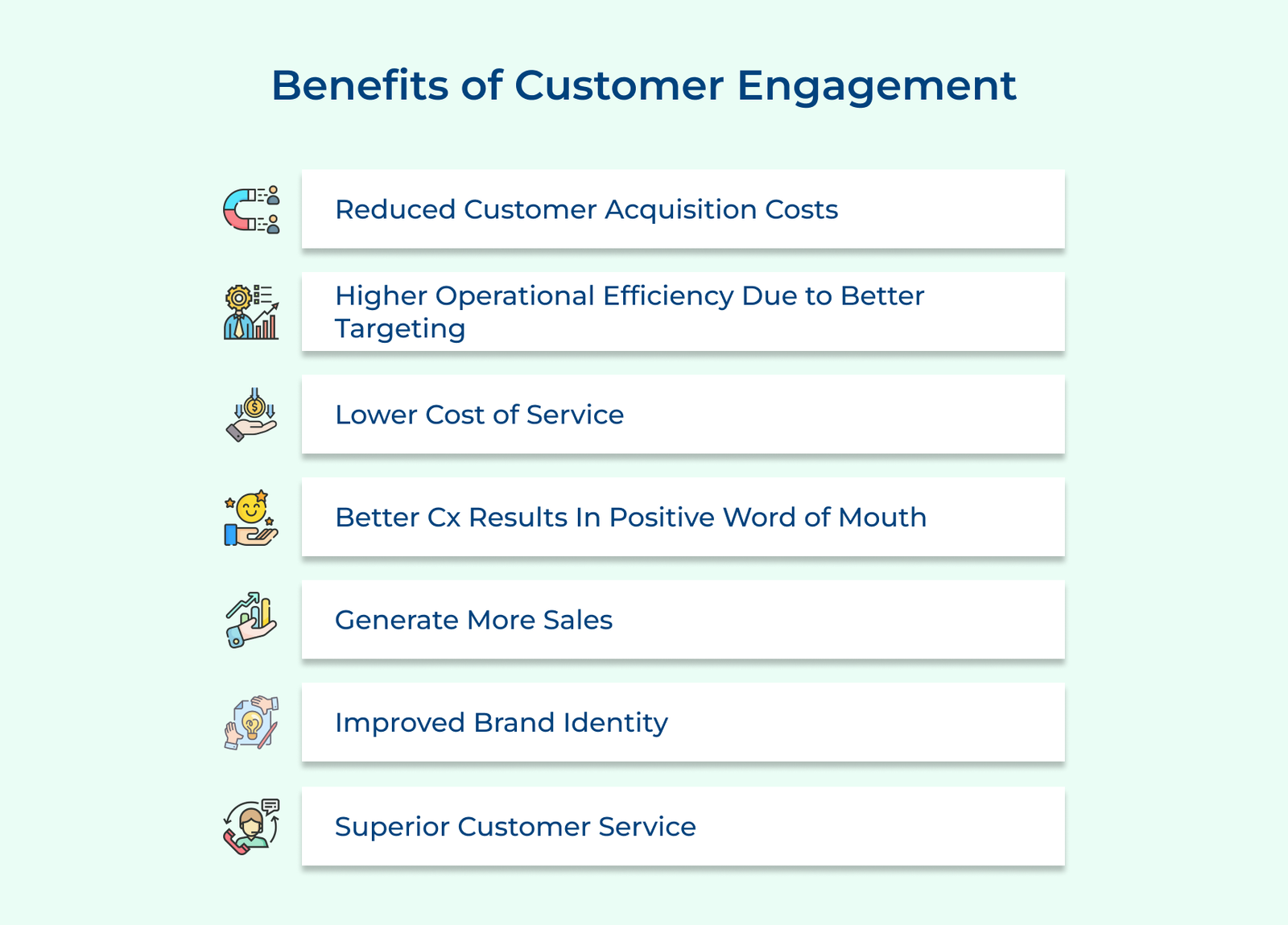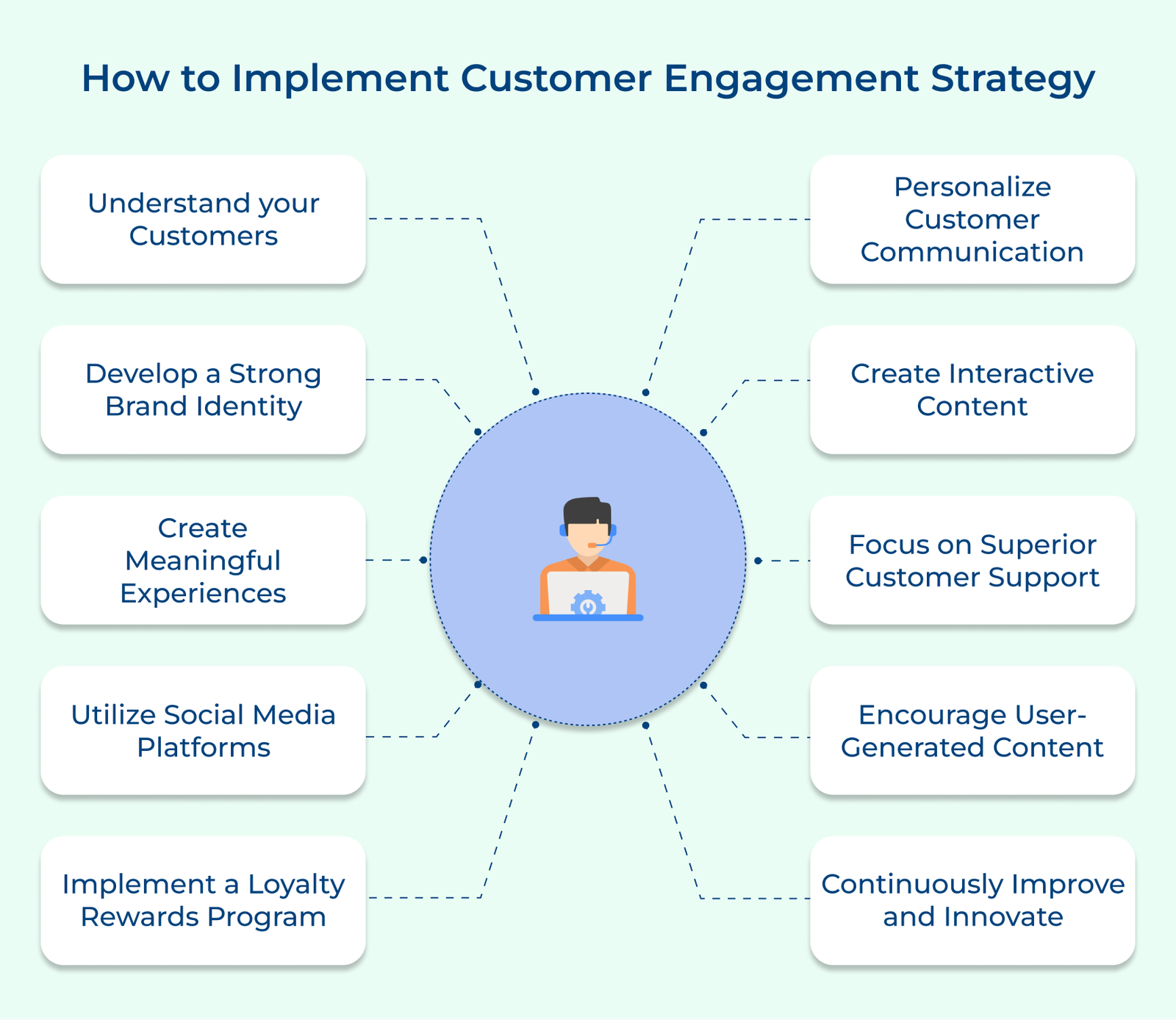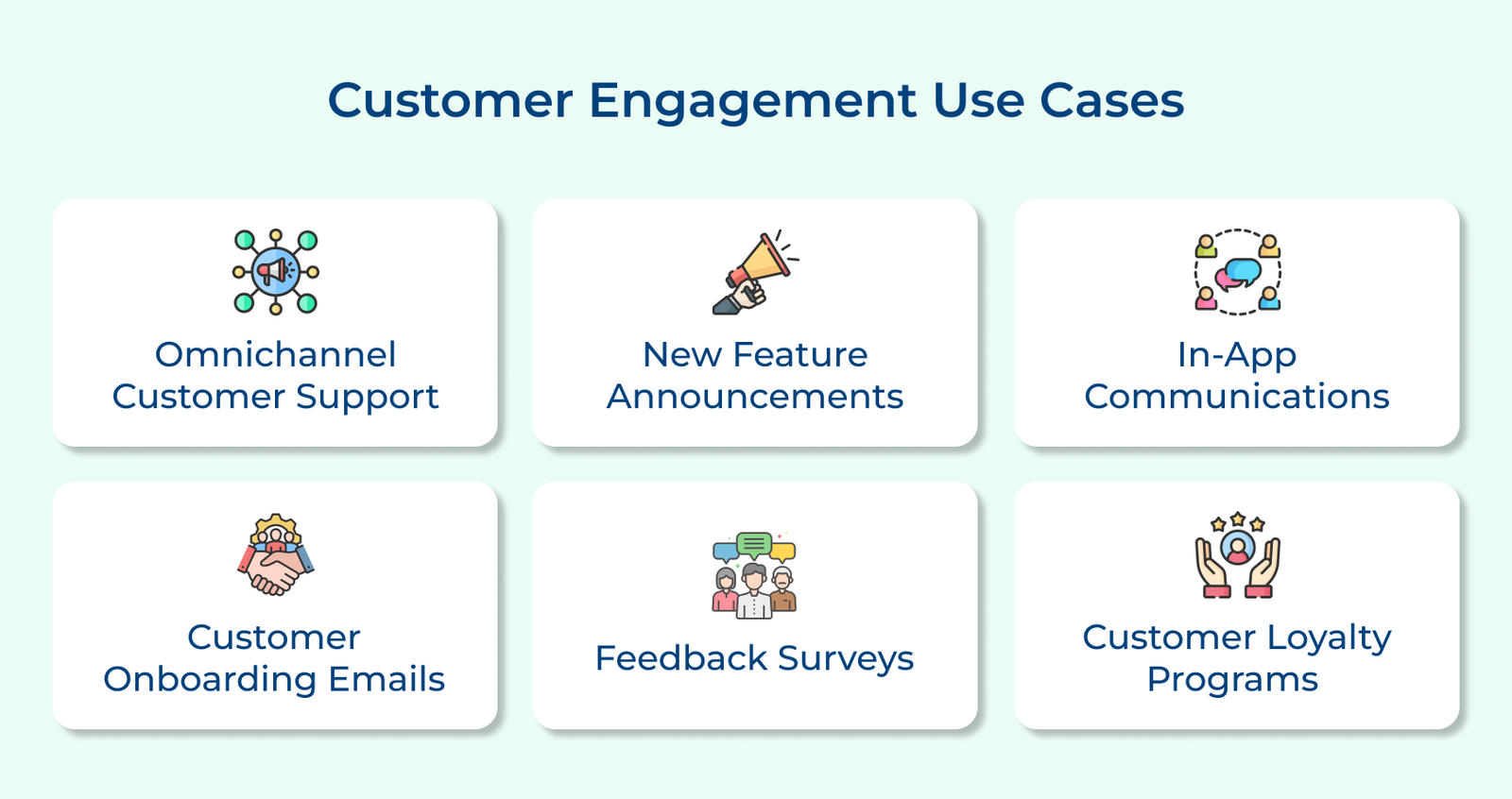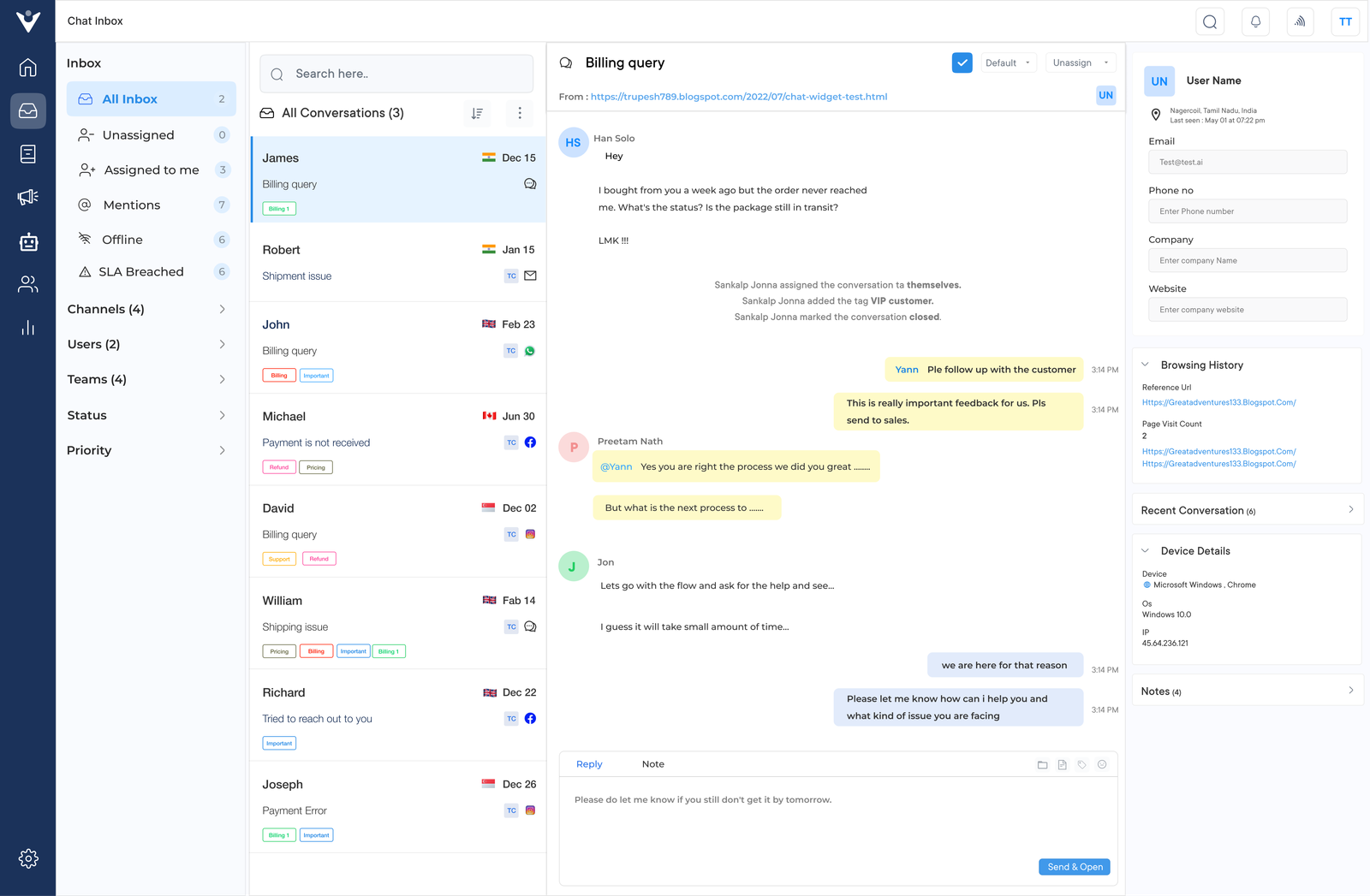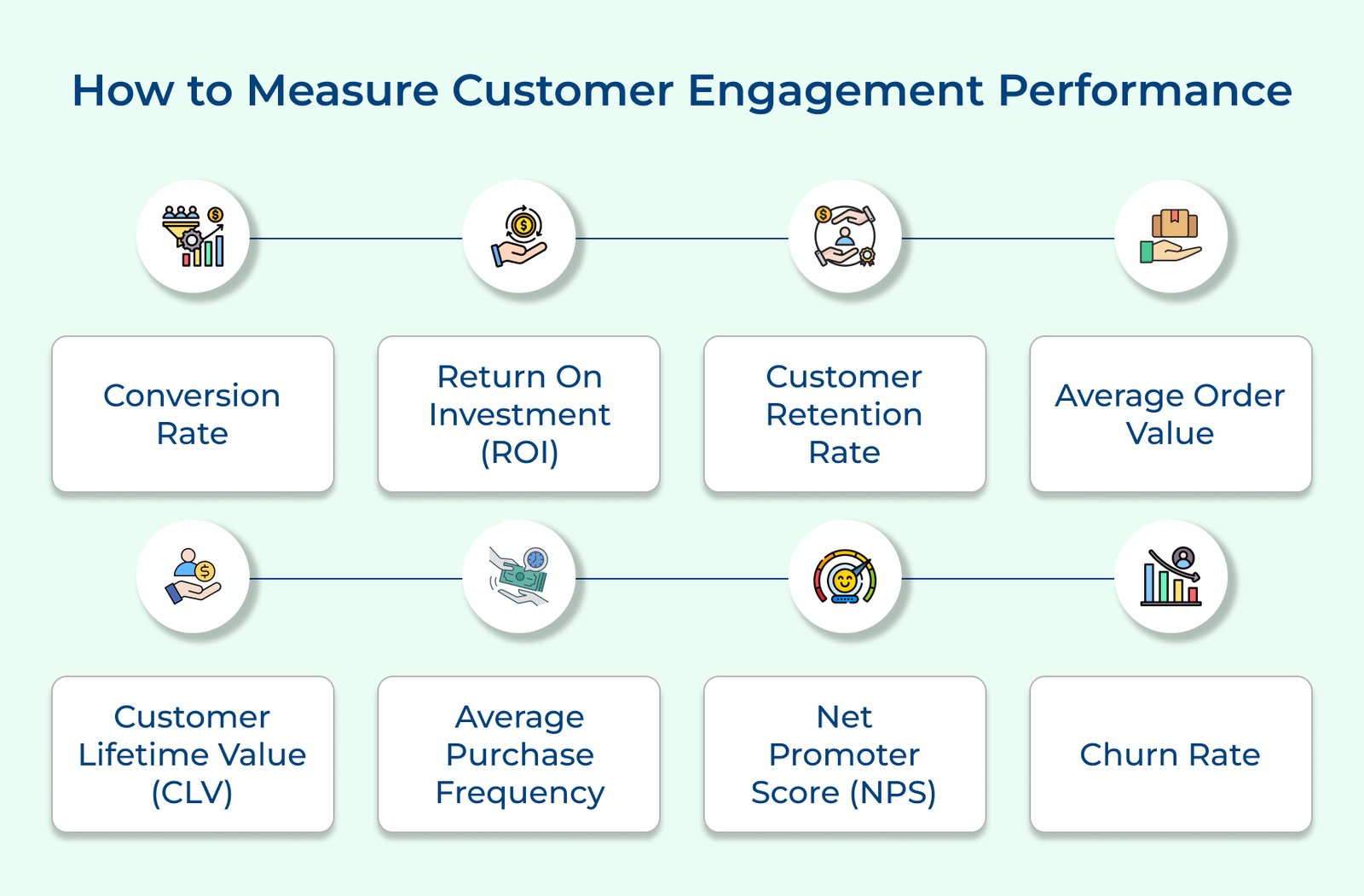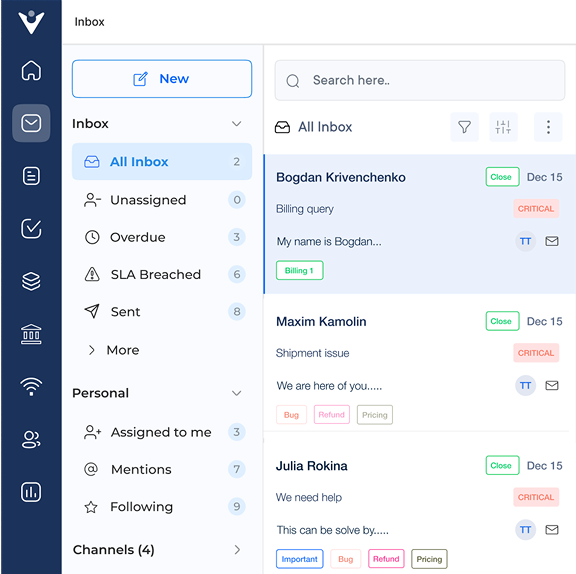1. Understand your Customers
The first step in increasing customer engagement is to truly understand your target audience. What are their needs, preferences, and customer pain points? You can gain valuable insights into their motivations and behaviors by conducting market research, analyzing customer data while gathering feedback. Use this information to create targeted marketing campaigns along with personalized experiences that resonate with your customers on a deeper level.
2. Develop a Strong Brand Identity
A strong brand identity is key to attract and engage customers. Your brand should have a clear message that sets you apart from your competitors. Consistency in your brand’s visual-verbal elements such as your logo, color scheme and tone of voice helps to establish familiarity with your customers. It is important to communicate your brand’s values through all touchpoints, whether it’s your website, social media content or customer service interactions.
3. Create Meaningful Experiences
Developing an online client engagement strategy focused on meaningful experience is key when it comes to ensuring customer success—and ultimately increasing conversions. This involves streamlining processes such as onboarding so that customers have clear paths for getting established quickly. Besides, it includes offering personalized approaches like one-on-one phone support if needed.
4. Utilize Social Media Platforms
Social media platforms provide an excellent opportunity to enhance digital customer engagement with your customers. Create compelling content that is relevant, informative, and entertaining to capture their attention. Encourage your customers to like, share and comment on your posts.
5. Implement a Loyalty Rewards Program
A loyalty rewards program is a great way to incentivize customer engagement loyalty and repeat business. Offer exclusive discounts, promotions or freebies to customers who remain loyal to your brand. Provide them with personalized offers based on their previous purchases or preferences.
6. Personalize Customer Communication
Personalization is key to effective e-commerce customer engagement. Use customer data to segment and target your audience with tailored marketing messages. Address customers by their names in email communications and personalize product recommendations based on their past purchases or browsing history. Show your customers that you understand their individual needs while delivering customized experiences that resonate with them on a personal level.
7. Create Interactive Content
Interactive content not only grabs attention but also encourages active participation. Consider incorporating quizzes and polls into your marketing campaigns. This not only provides entertainment value but also allows you to gather valuable insights and feedback from your customers. Interactive content fosters a sense of involvement and belonging, making customers more likely to stay engaged with your brand.
8. Focus on Superior Customer Support
Exceptional customer service is vital for increasing engagement. Ensure that your customer service team is knowledgeable, and accessible. Respond quickly to inquiries and resolve issues satisfactorily. Customers who have positive experiences with your brand’s customer service are more likely to remain engaged and loyal.
9. Encourage User-Generated Content
User-generated content (UGC) is any form of content created and shared by your customers. It could be in the form of reviews, testimonials, social media posts, or videos. Encourage your customers to share their experiences and opinions about your brand with others. UGC not only provides social proof but it also increases customer engagement by involving them in the brand’s story.
10. Continuously Improve and Innovate
Customer engagement is an ongoing process that requires constant improvement. Regularly analyze customer feedback and trends to identify areas for improvement. Seek out new technologies, platforms, and strategies to keep your brand exciting. Stay ahead of the competition by adapting to changing customer preferences.




